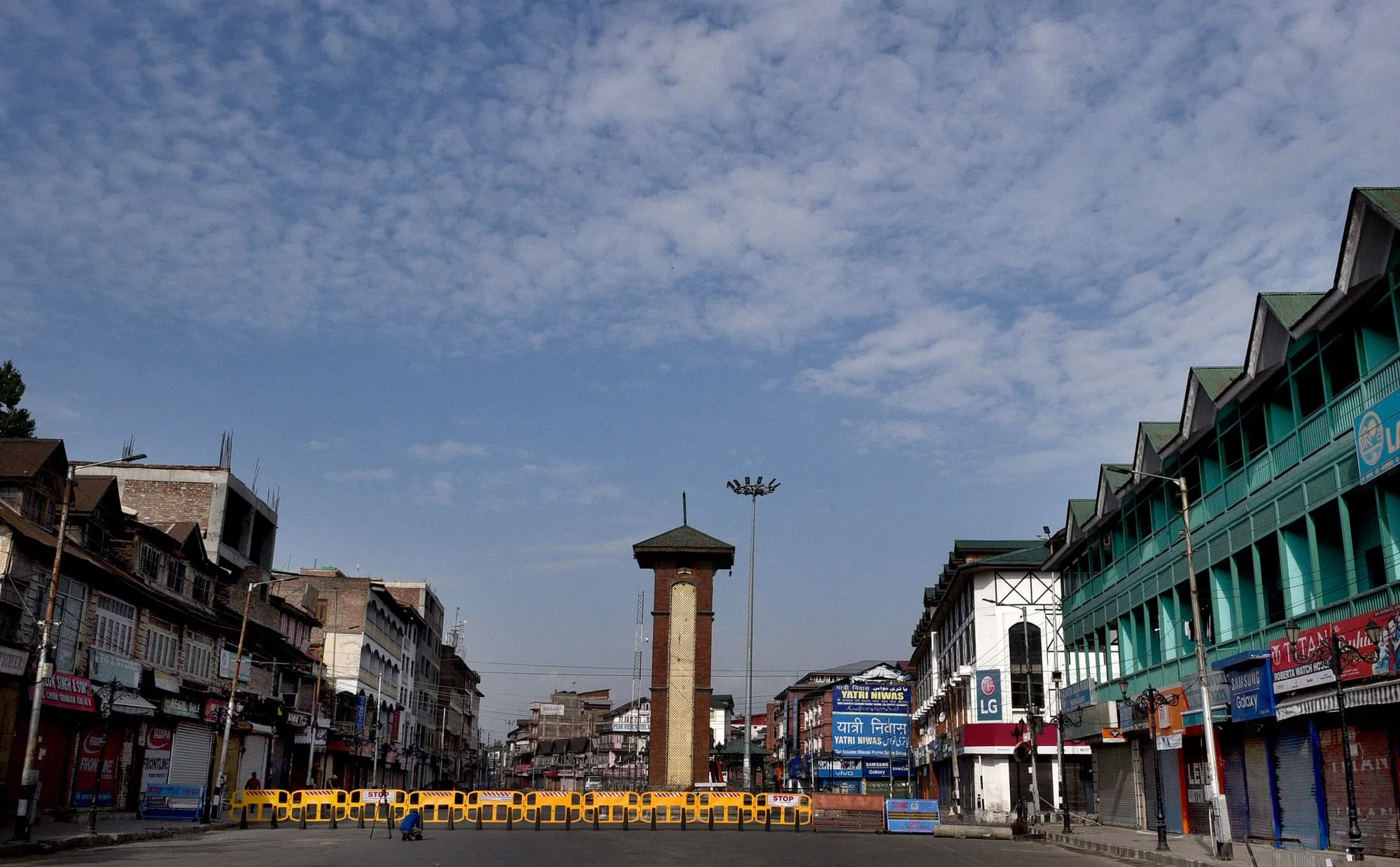For the last three decades, the coverage of Kashmir by Indian Media, especially popular Delhi-based TV News Channels and English dailies, has always been quite controversial. By now, it’s clear that media in India is purporting a set editorial line that often sounds more fictional than factual. Except for a few online news and opinion portals in India, Kashmir is reported in a much skewed, partisan way. Authoring and articulating disinformation and amplifying it has been a ‘journalistic norm’. Falsehood is misconstrued as coverage.
As of now, it is partly because of the overall health of free expression existing in India. Reporting Kashmir fairly is turning to be an anathema for many media persons. In media parlance, it’s ‘The Chilling Effect’, the fear of intimidation or retaliation that prevents media to report things as they are, in an objective way. Besides, the highly monopolized corporate control of media in India is a strong reason for them to toe the jingoistic line vis-à-vis Kashmir. After all, corporate structures are inevitably linked to power configurations. It cannot be overlooked. Compliant media is their end.
And when they are pursuing a corporate marketing agenda tied to staunch nexus with prevailing political mindset, reporting Kashmir in a professional way seems unthinkable. They have to perform as per the blueprint served to them.
From journalistic prism, we can observe the dominant pattern of ‘selective framing’ in their reportage. Mainstream media in India has been constantly presenting the alienation over here in a manner which brands dissenters and protestors (mainstream or otherwise) from Kashmir as a bunch of zealots nursing grouse against a ‘community or country’, and hence liberally labelled as ‘anti-national’ in their reports. It is an indispensable corollary of their reports and commentaries. Dissent, and its varied forms in Kashmir are relentlessly misrepresented as an act of ‘treason’.
Besides, there is a flagrant premeditated omission of certain facts by presenting an incomplete story to sway the audience towards an intended point of view. Called ‘card stacking’ in media propaganda terminology, this technique has been often played up to dole out a particular narrative. Take the ground situation in Kashmir post-Article 370 repeal. The bulk reports from Indian media suggested otherwise. How laymen in Kashmir felt about it was something entirely excluded, and what was reported is a lopsided version that chronicled mainly official narrative.
Of course, Delhi based journalists are supposed to follow the editorial policy of the organization they work for. That’s a foregone conclusion. More so, given the changed milieu in which they operate, they are right now more concerned about their survival in the industry. As a result, they fail to promote and defend the values of universal respect for life, human dignity and the rule of law. Media ethics get severely compromised.
As a consequence, their reporting patterns leave varied impacts. At the local level, due to their xenophobic reporting, they get discredited amongst the local audience. Nobody takes them seriously. Perhaps, they never report for people here; so they don’t bother about getting discredited here! However, the sad part of it is the role they play in building misinformed citizenry in the rest of India. The fictitious content they report creates a wrong perception of Kashmir among Indian audiences. Their stories influence the public opinion in India and help fabricate a false narrative that antagonizes Indian populace against Kashmir. In a way, it reinforces the culture of intolerance and bigotry and defeats the idea of democratic space for discussion and debate. A toxic mess is made.
In contrast, the majority of journos from Kashmir are trying their best while reporting happenings here and giving voice to the voiceless. This is not a cakewalk. It involves a whole lot of guts and grey matter. It is a herculean task given the kind of conflict they have themselves lived with; witnessing it pretty closely. Some of them are even facing hysterical charges of ‘unlawful activities’ for reporting/exposing unpalatable issues. We need to understand that conflict reporting is the most sensitive and perilous task. It’s not any usual beat reporting. It is ever-changing in its complex contours, from daily incidents of violence to sudden changes in politico-military construct. More so, amidst the clamour of putting more harsh controls over it.
Of course, we all carry our biases but the point is how far we allow them to transform our profession into the propaganda practice. How far we too endorse theatricalisation of information? How far we disrespect our role and responsibility as truthful messengers? This is a personal choice with everyone. Ultimately.






